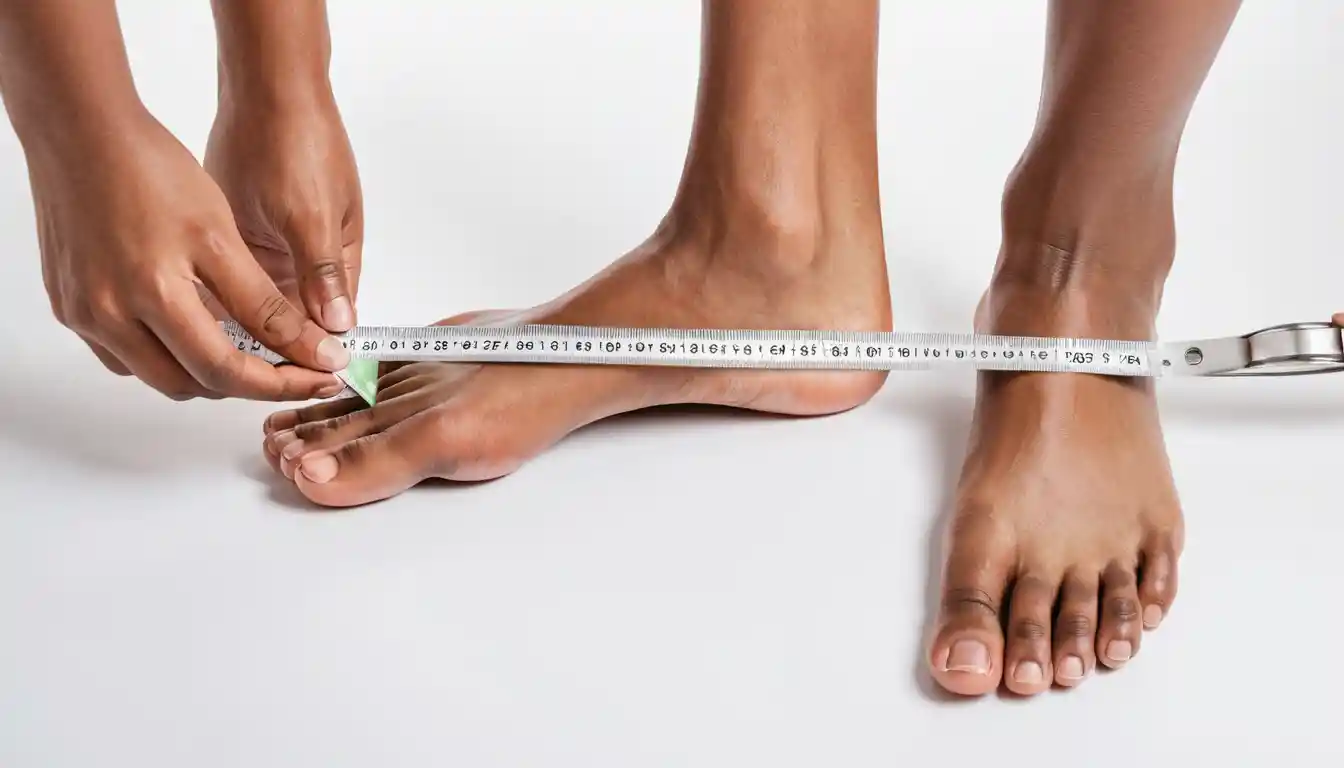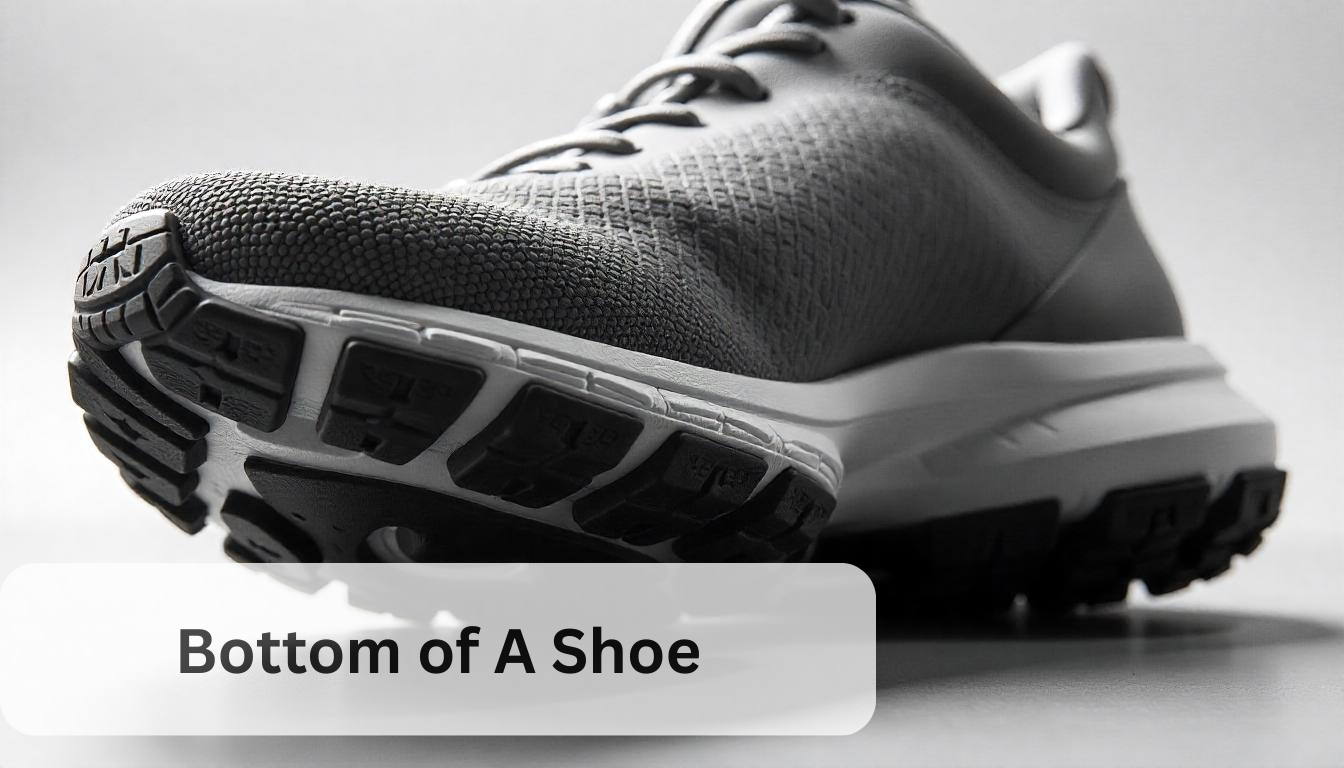When it comes to finding the perfect pair of shoes, knowing your shoe width is just as important as knowing your shoe length. Shoe width ensures a comfortable fit, and a poor fit can lead to discomfort or even foot problems. In this guide, we’ll walk you through how to measure shoe width, including tips for both men’s and women’s shoes. Whether you’re using a shoe width calculator, consulting a foot width chart (cm), or figuring out how to measure shoe width for specific brands like Nike, we’ve got you covered.
Why Shoe Width Matters
Before we dive into how to measure shoe width, it’s important to understand why it matters. A shoe that’s too narrow can cause pinching or blisters, while a shoe that’s too wide may lead to slipping and lack of support. Having the right shoe width ensures a snug, comfortable fit and better performance, whether you’re running, walking, or simply enjoying a casual outing.
Step-by-Step Guide on How to Measure Shoe Width
Measuring shoe width might seem tricky, but with the right tools and approach, it’s easy. Here’s how you can measure your foot width at home:
1. Prepare Your Tools
To measure your foot width accurately, you’ll need a few basic tools:
-
A measuring tape or ruler
-
A pen and paper to mark your foot outline
-
A shoe width calculator (optional, but helpful)
2. Measure Your Foot Length
Start by measuring your foot length using a shoe size calculator length and width or a ruler. Make sure to measure from the back of your heel to the tip of your longest toe. This will give you the length of your foot in either cm or inches.
3. Measure Your Foot Width
Once you have your foot length, you can proceed to measuring your foot width. To do this, follow these steps:

-
Stand on a piece of paper and trace your foot’s outline with a pen.
-
Use a ruler or measuring tape to measure the widest part of your foot (usually across the ball of your foot).
-
Compare the measurement to a foot width chart (cm) to determine your shoe width. You can find shoe width charts that correspond to both cm to inches conversions and foot measurements.
4. Check Your Shoe Width Using a Shoe Width Chart
Now that you’ve measured both your foot length and width, consult a shoe width chart to figure out your width size. Shoe widths typically range from narrow to extra-wide, with common measurements like A, B, C, D, E, and EE.
Shoe Width Chart Women’s
For women, shoe widths often follow this pattern:
-
B (Standard)
-
A (Narrow)
-
C/D (Wide)
-
E (Extra-wide)
Shoe Width Chart Men’s
For men, the widths tend to be a bit broader:
-
D (Standard)
-
B (Narrow)
-
E (Wide)
-
EE (Extra-wide)
Make sure to check the right shoe width chart women’s or shoe width chart men’s for your specific shoe type.
5. Compare Your Measurements with a Shoe Width Chart D
Use the shoe width chart D to see how your measurements compare to different shoe widths. A width of D typically falls under the “standard” or medium width for men, while for women, this may be considered a wide fit.
6. Measure Foot Size Online
If you’re shopping online and can’t try on shoes, many online stores offer tools or shoe width calculators to help determine the best fit. These tools often ask you to input your foot length and width in either cm or inches, and they’ll provide recommendations for your shoe size and width.
7. How to Measure Shoe Width for Specific Brands
Different brands may have their own way of sizing shoes. For example, Nike has its own specific method for determining shoe width. Here’s how to measure shoe width Nike:
-
Use a ruler to measure the widest part of your foot.
-
Consult the shoe width chart Nike to match your measurement with the corresponding size.
For women’s shoes, Nike offers a standard width (B) and an extra-wide option (EE). If you’re buying Nike shoes, it’s always helpful to check how they measure shoe width in Nike shoes specifically.
Common Shoe Width Terminology: What Do H and EE Mean?
It’s also helpful to understand some common terms used when describing shoe widths. You may have come across terms like shoe width H vs EE. These letters refer to the level of shoe width:

H: A very wide shoe width.
EE: Extra-wide, a common width for both men and women with broader feet.
Always remember to consult a shoe width chart when uncertain about these terms.
Frequently Asked Questions
What is the best way to measure my shoe width?
To measure your shoe width, start by tracing your foot on a piece of paper. Then, measure the widest part of your foot, typically across the ball, using a ruler or measuring tape. You can then compare your measurement with a shoe width chart to determine your width size.
How do I use a shoe width calculator?
A shoe width calculator asks for your foot length and width measurements in either cm or inches. Simply input your measurements into the calculator, and it will suggest the best shoe width for you based on the data you provide.
What is the difference between shoe widths like B, D, and EE?
Shoe widths are indicated by letters, with each letter representing a different width. For women, B is typically standard, while D is wide, and EE is extra-wide. For men, D is standard, E is wide, and EE is extra-wide. The letter designation helps you choose the best fit based on your foot measurements.
How do I measure shoe width for Nike shoes?
To measure your shoe width for Nike shoes, measure the widest part of your foot, usually across the ball. Once you have your measurement, check Nike’s specific shoe width chart to see how it compares to their sizing options, which may include standard or extra-wide options.
Why is knowing my shoe width important?
Knowing your shoe width is essential for finding a comfortable and well-fitting pair of shoes. A shoe that’s too narrow can cause discomfort or blisters, while one that’s too wide can lead to instability. Proper shoe width ensures a secure fit, better support, and reduced risk of foot problems.
Conclusion
Knowing how to measure shoe width is a game-changer for finding comfortable, well-fitting shoes. Whether you’re using a shoe width calculator, referencing a foot width chart (cm), or shopping online with tools like measure foot size online, taking the time to measure your feet correctly will make all the difference in your shoe shopping experience. Keep in mind that every brand may have slight variations, so it’s always best to double-check their size charts when available.
By measuring your foot width properly, you can avoid discomfort, blisters, or having to return shoes that just don’t fit right. The key is to get the right measurements, compare them to a shoe width chart tailored to your needs, and use this info to shop smarter. Whether you’re shopping for men’s or women’s shoes, knowing your shoe width will ensure you find the best fit for comfort and style.







